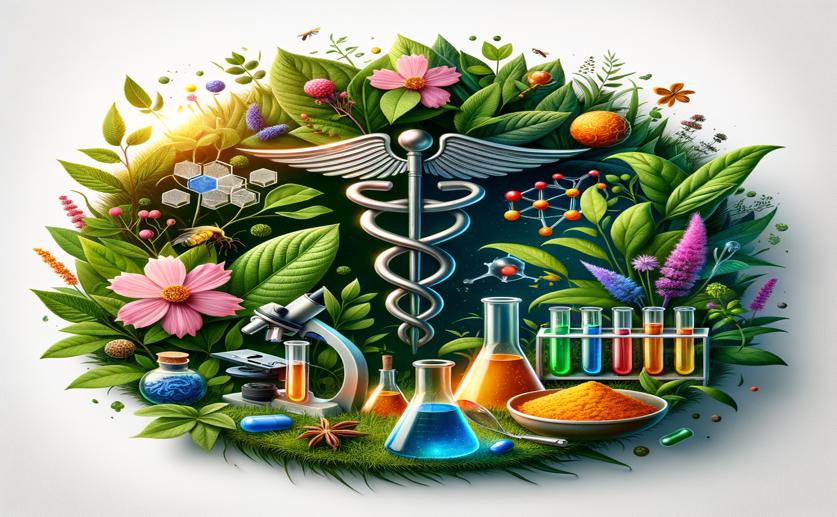
Discovery of New Natural Compounds with Cancer-Fighting Potential
Jim Crocker
18th July, 2024

Image Source: Natural Science News, 2024
Key Findings
- Researchers from Tokyo University of Pharmacy and Life Sciences studied steroidal glycosides from nine different plants for their anti-cancer potential
- They found that certain steroidal glycosides selectively killed cancer cells while sparing normal cells
- Some of these compounds showed enhanced anti-cancer effects when used together, indicating potential for combination therapies
References
Main Study
1) Search for new steroidal glycosides with anti-cancer potential from natural resources.
Published 17th July, 2024
https://doi.org/10.1007/s11418-024-01830-1
Related Studies
2) Saponins in Cancer Treatment: Current Progress and Future Prospects.
3) Strophanthidin Attenuates MAPK, PI3K/AKT/mTOR, and Wnt/β-Catenin Signaling Pathways in Human Cancers.
4) Chemistry and biological activity of steroidal glycosides from the Lilium genus.



 13th July, 2024 | Jenn Hoskins
13th July, 2024 | Jenn Hoskins